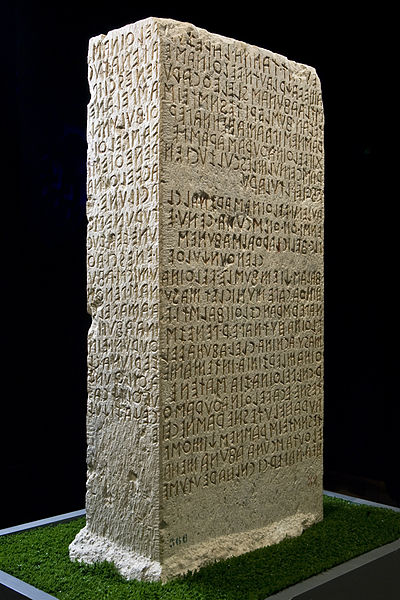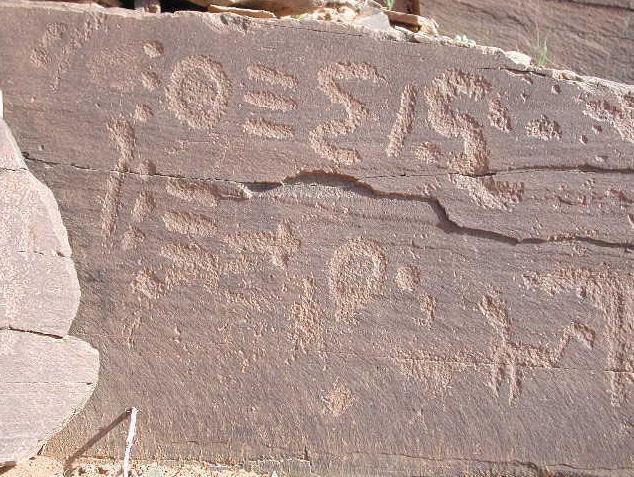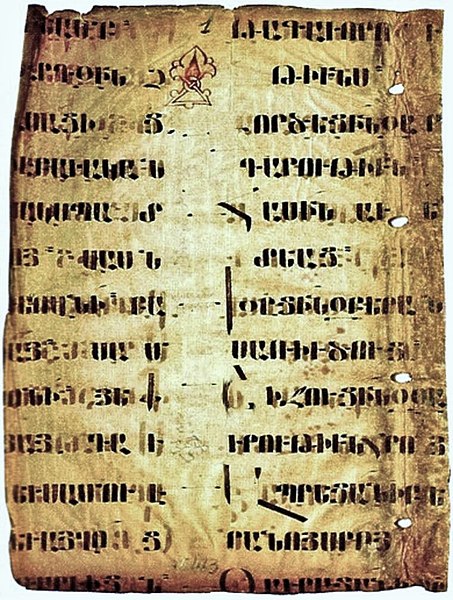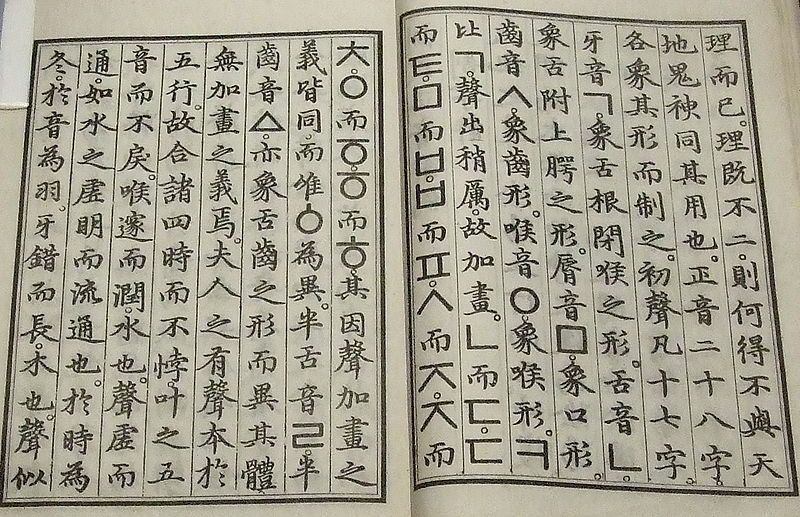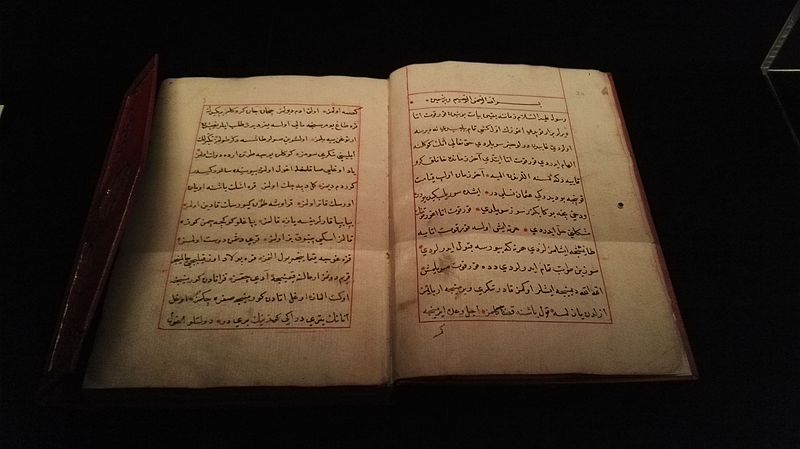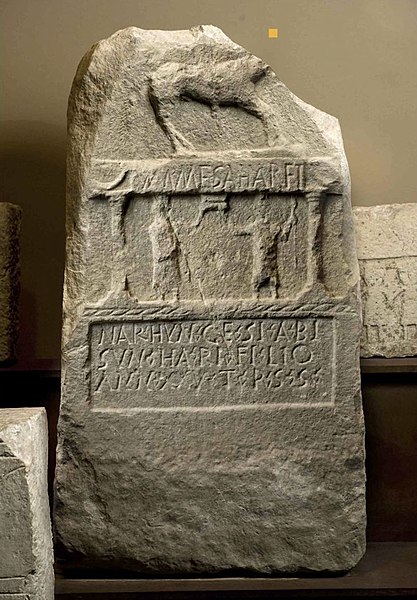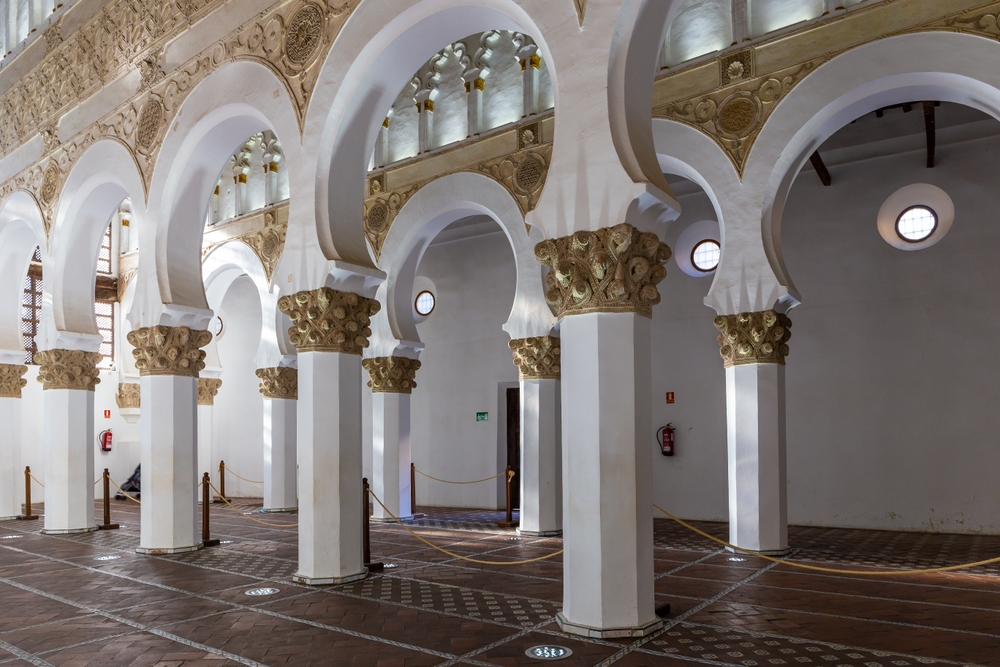Languages are more than just a means of communication; they’re a window into ancient cultures and ways of life that have shaped human history. Some languages date back thousands of years, carrying with them traditions, philosophies, and identities that continue to influence the modern world. Many of the oldest spoken languages have adapted over time, yet they still hold ties to their roots, preserving stories and knowledge from eras long past. This list explores twenty of the world’s oldest languages, each with its own rich history and unique journey through the centuries. From Sumerian scripts to the resilient Basque language, these tongues reveal how language connects generations and sustains the legacy of ancient civilizations.
Sumerian
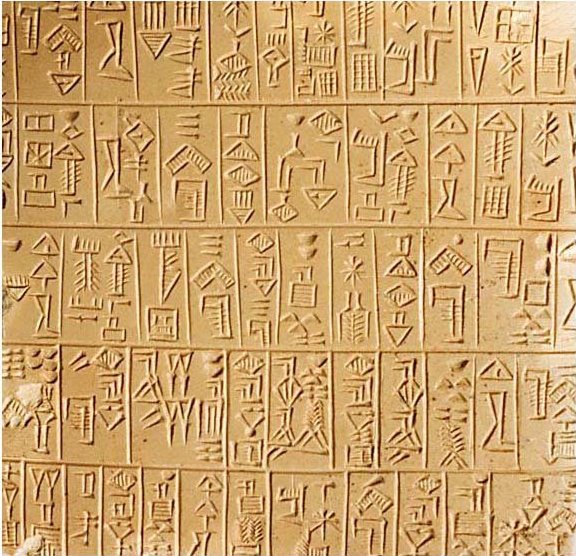
Sumerian, widely regarded as one of the oldest written languages, emerged around 3100 BCE in ancient Mesopotamia. This language, primarily used by the Sumerian civilization, played a crucial role in administration, law, and literature. Over time, it influenced many neighboring languages, especially Akkadian, with which it coexisted. Its complex script, cuneiform, laid the groundwork for subsequent writing systems in the region. Though Sumerian became a “dead” language around 2000 BCE, scholars and priests continued to study and use it for centuries. The language’s legacy endures in the literary, cultural, and legal traditions it helped shape. Today, it is studied primarily through ancient tablets and artifacts that reveal the earliest forms of human expression in written form.
Egyptian
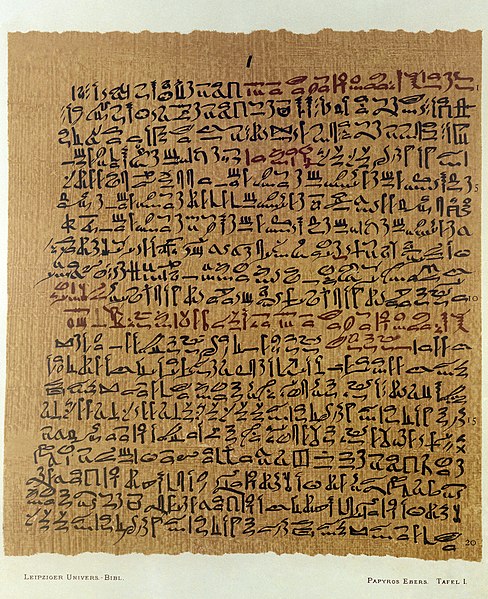
Egyptian, known through its hieroglyphic script, traces back to around 3000 BCE. Spoken in ancient Egypt, it was the primary language for religious texts, government records, and monumental inscriptions. Egyptian gradually evolved into Coptic, which is still used in the liturgy of the Coptic Orthodox Church. Hieroglyphics, though complex, allowed the Egyptians to record detailed narratives, prayers, and administrative information. Over millennia, Egyptian language influenced neighboring regions and languages, thanks to Egypt’s cultural prominence. Despite its evolution, its script remains iconic and one of the most recognized symbols of ancient civilization. The study of Egyptian texts today sheds light on the rich spiritual and political history of one of the earliest empires.
Akkadian
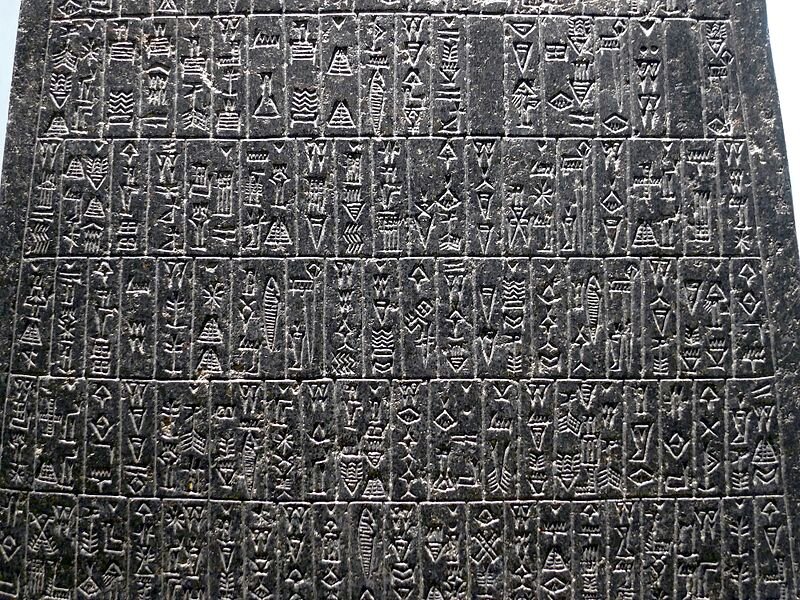
Akkadian, spoken by the Akkadian Empire and later Babylonia and Assyria, dates back to around 2500 BCE. Known for its cuneiform script, Akkadian became the lingua franca of Mesopotamia and beyond. It facilitated communication and diplomacy across various cultures, leaving an extensive library of texts in law, poetry, and science. Notably, the Epic of Gilgamesh, one of the oldest literary works, was written in Akkadian. The language eventually evolved into dialects, including Assyrian and Babylonian, before disappearing around the first century CE. Akkadian’s legacy endures through its vast contribution to the written word. Today, scholars decode Akkadian texts to gain insights into ancient society and thought.
Sanskrit
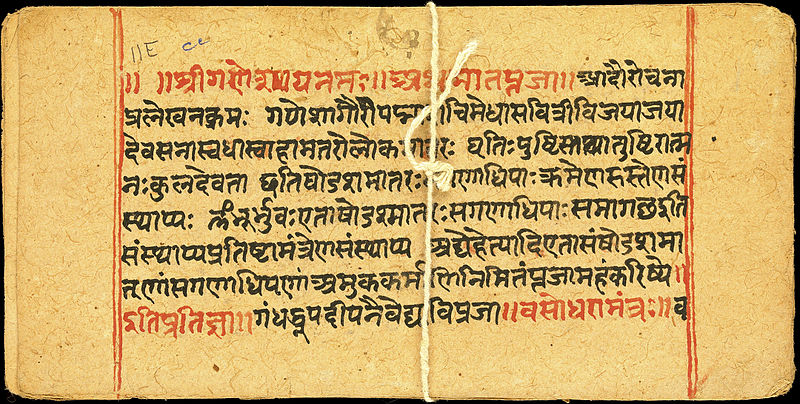
Sanskrit, dating back to approximately 1500 BCE, is one of the oldest languages still in use today. Originating in ancient India, it forms the foundation of Hindu religious texts, such as the Vedas and the Upanishads. Over centuries, Sanskrit developed a rich literary tradition, spanning epic poetry, philosophy, and drama. Its complex grammar and phonetics set a standard for linguistic precision that influenced many languages in South Asia. Although it is no longer a commonly spoken language, Sanskrit is preserved in Hindu rituals, classical literature, and academia. Many modern Indian languages derive vocabulary and structure from Sanskrit. Its study offers a window into ancient Indian culture, religion, and knowledge.
Tamil
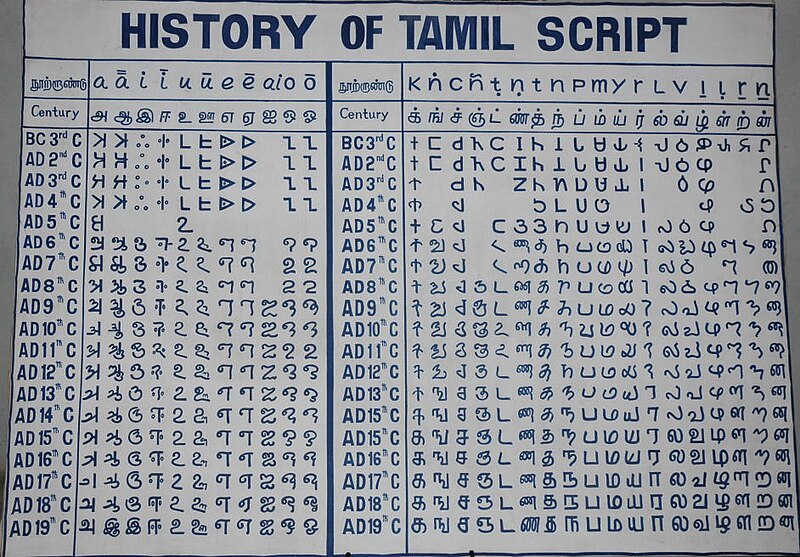
Tamil, originating around 300 BCE, is one of the oldest continuously spoken languages in the world. Part of the Dravidian language family, it has an unbroken literary tradition spanning over two millennia. Tamil literature, such as the Sangam poetry, is renowned for its depth and historical significance. Tamil is still widely spoken in southern India, Sri Lanka, and among Tamil communities worldwide. Its survival and development demonstrate the cultural resilience of its speakers, who have preserved its classical form while adapting it for modern usage. The language’s structure and vocabulary have influenced other South Indian languages. Today, Tamil remains a thriving testament to linguistic continuity in the ancient world.
Hebrew
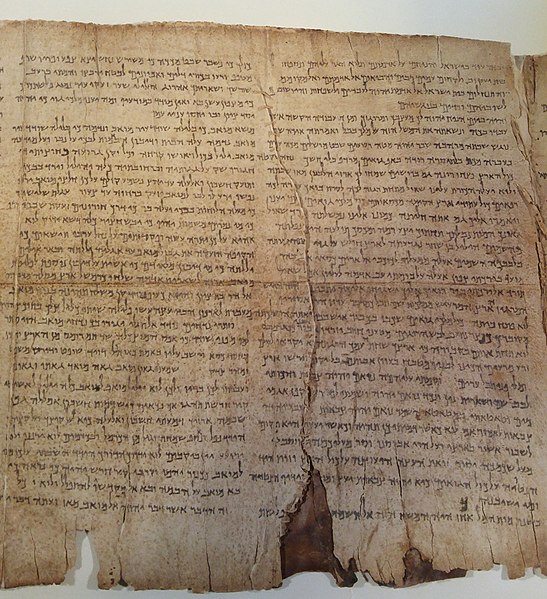
Hebrew, with origins around 1200 BCE, was primarily used in religious texts, most notably the Hebrew Bible. As a spoken language, it declined around the second century CE but continued as a liturgical and scholarly language. Remarkably, Hebrew was revived as a spoken language in the late 19th century, making it a rare example of a successfully revived ancient language. Modern Hebrew retains much of its classical structure while incorporating vocabulary for contemporary life. The language today is a symbol of cultural identity and continuity for the Jewish people. Spoken by millions in Israel and worldwide, it bridges ancient traditions with modern expression. Its revival has fascinated linguists and historians, underscoring the deep cultural roots of language.
Greek
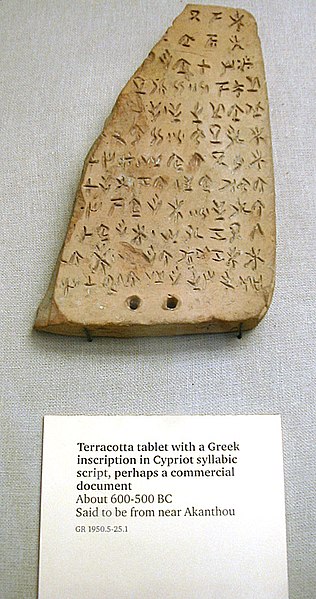
Greek, dating back to around 1300 BCE, holds a unique place in Western civilization’s linguistic and cultural heritage. Known for its use in philosophy, literature, and science, ancient Greek influenced countless fields. Homer’s epics, “The Iliad” and “The Odyssey,” were composed in Greek and remain foundational works in world literature. The language evolved through stages, including Classical, Hellenistic, and Byzantine Greek, eventually transitioning into modern Greek. Its vocabulary, grammar, and script have influenced numerous languages, especially in Europe. Modern Greek retains its connection to ancient forms, with millions of speakers in Greece and Cyprus. Greek’s evolution exemplifies how language can adapt and endure across millennia.
Chinese
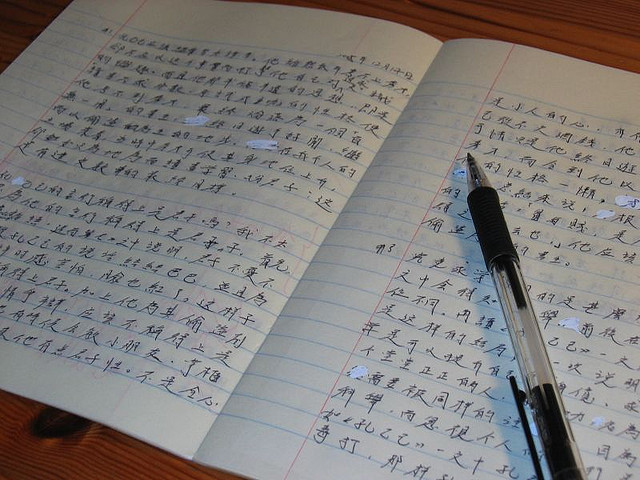
The Chinese language, specifically its classical form, dates back to around 1250 BCE, as seen in oracle bone inscriptions. It developed a rich literary and philosophical tradition, with works like Confucian and Taoist texts defining ancient Chinese thought. Over time, various dialects emerged, leading to the modern language’s diversity, including Mandarin, Cantonese, and others. Classical Chinese was used for official documentation and literature across East Asia for centuries. The language’s logographic script remains a hallmark of continuity, with characters adapted and modified but still recognizable. Today, Mandarin Chinese is the most spoken language globally, with over a billion speakers. Its roots in antiquity demonstrate the endurance of language through cultural continuity.
Aramaic
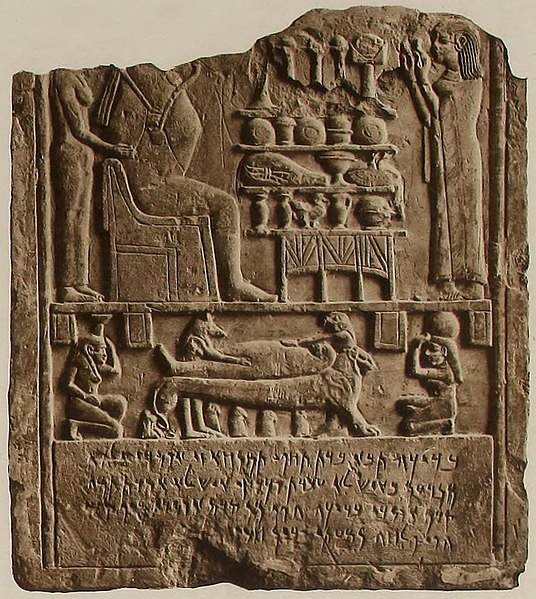
Aramaic, originating around 1200 BCE, became a major language of ancient Near Eastern empires, including the Neo-Assyrian and Neo-Babylonian empires. It spread widely, serving as a lingua franca across vast regions and influencing Hebrew and Arabic. Some parts of the Bible, including the Book of Daniel, were written in Aramaic. Although it declined after the rise of Arabic, certain dialects persist today among small communities. Aramaic is still used in religious contexts by some Christian and Jewish groups. Its survival is a testament to the resilience of cultural traditions. Despite its limited modern presence, Aramaic holds a unique place in linguistic history.
Arabic
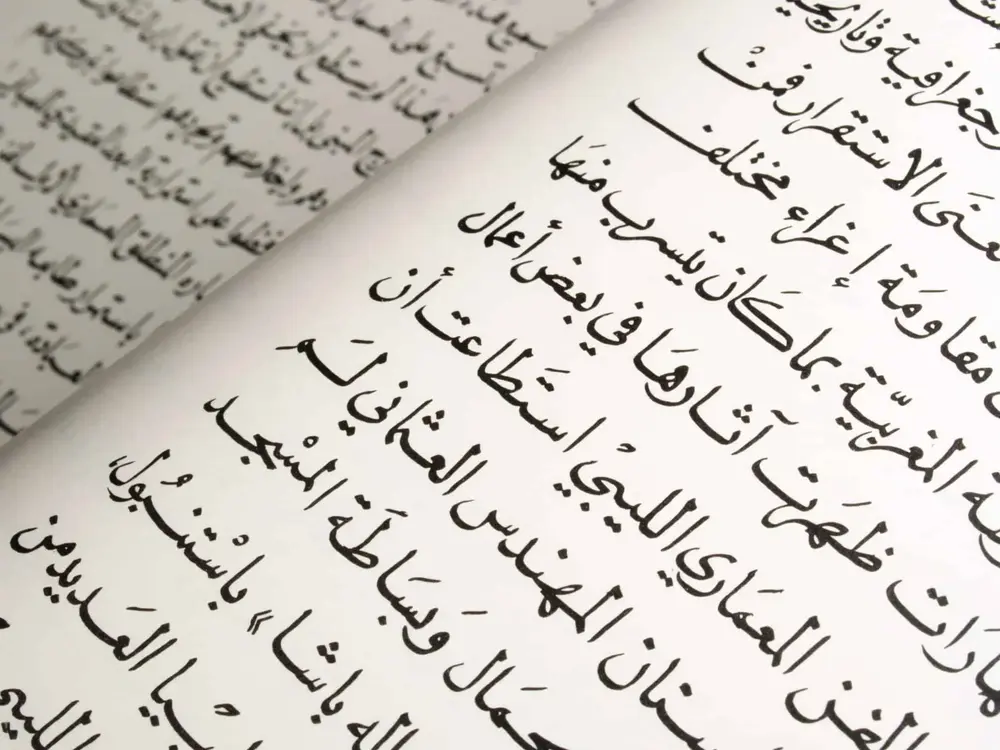
Arabic’s roots trace back to around the 6th century BCE, but it gained prominence in the 7th century CE with the spread of Islam. Classical Arabic, used in the Quran, became a unifying language across the Islamic world. Its grammar, vocabulary, and phonetics influenced languages across Asia, Africa, and Europe. Arabic evolved into numerous dialects and modern standard Arabic, used in formal settings and media across Arab-speaking nations. As the language of Islam, Arabic holds religious significance for millions of Muslims. Its calligraphic art form is one of the most celebrated in the Islamic cultural tradition. Today, it remains widely spoken, linking diverse cultures across continents.
Latin
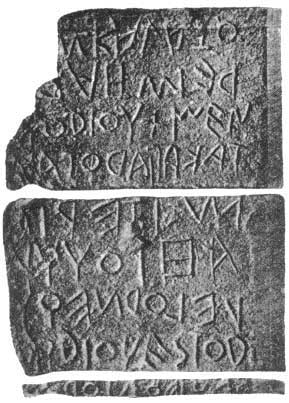
Latin, emerging around 700 BCE, became the official language of the Roman Empire and the Catholic Church. It developed into various forms, including Classical Latin for literature and Vulgar Latin, which evolved into Romance languages. Latin’s influence on Western languages, science, law, and education is profound, as seen in numerous Latin-derived terms. Although it’s a “dead” language in daily speech, it remains the liturgical language of the Catholic Church. Many scientific terms and legal phrases are still in Latin, underscoring its lasting relevance. Latin’s endurance is particularly evident in its impact on modern vocabulary. Its influence can be found in fields ranging from biology to law.
Persian (Farsi)
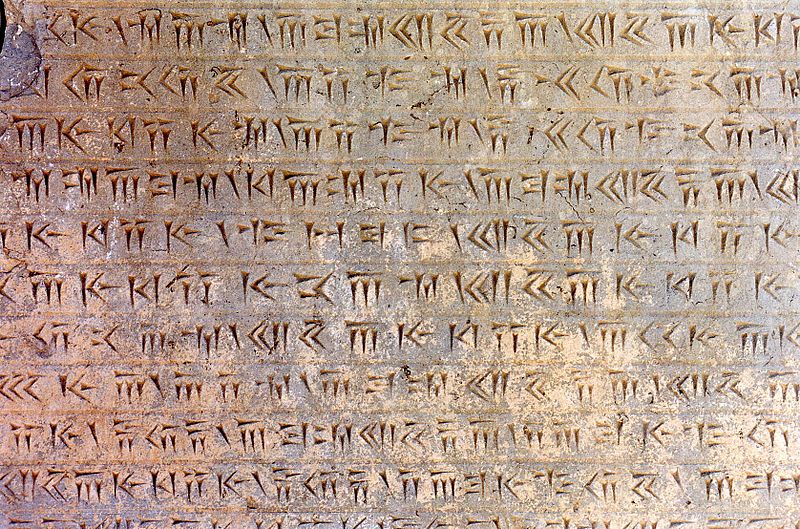
Persian, also known as Farsi, dates back to around 500 BCE and is one of the oldest continuously spoken languages. It originated in the Persian Empire and has a rich literary tradition, including the poetry of Rumi and Hafez. Persian has influenced neighboring languages, particularly in Central and South Asia, through trade, literature, and culture. The language evolved into Old, Middle, and Modern Persian, the latter still spoken in Iran, Afghanistan, and Tajikistan. Persian’s structure and vocabulary have remained remarkably consistent over centuries. Its rich poetry and philosophical texts are celebrated worldwide. Today, Persian continues to thrive, serving as a cultural bridge in the region.
Phoenician
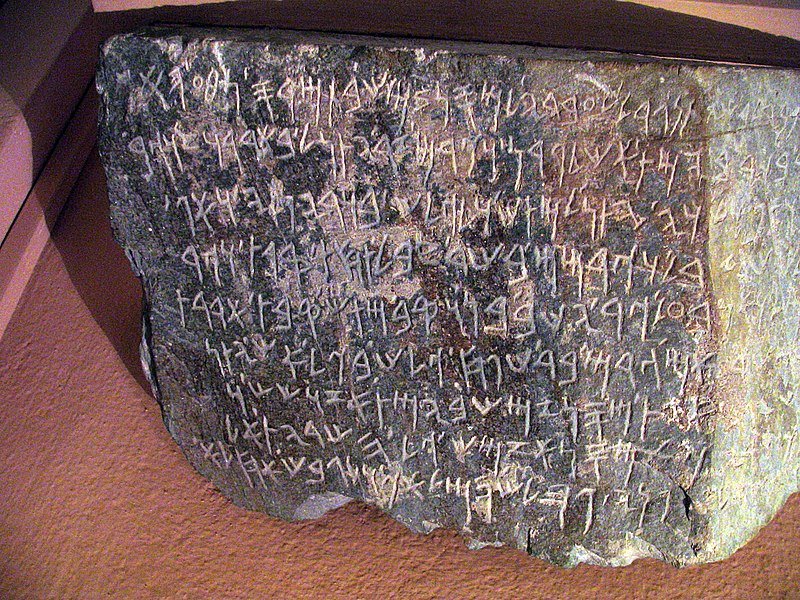
Phoenician, dating back to approximately 1200 BCE, was a significant language for ancient maritime traders. Spoken by the Phoenicians, this language spread across the Mediterranean as they established colonies. The Phoenician alphabet greatly influenced the development of Greek and Latin scripts, shaping modern alphabets. Although Phoenician disappeared by the early Common Era, its writing system had a profound impact. Its seafaring speakers left inscriptions across North Africa, Southern Europe, and the Levant. Scholars study these inscriptions to understand Phoenician culture, trade, and interaction. Its legacy lies primarily in its script, a foundation for future alphabets.
This article originally appeared on Rarest.org.
More From Rarest.Org
10 Oldest Phones in the World
Phones have come a long way from their earliest forms to the powerful smartphones we use today. This article explores some of the oldest phones in history, from ancient acoustic devices to the first telephones and early mobile phones. Read more.
The universe is filled with galaxies that stretch back to its very beginnings, offering glimpses into the formation of stars and cosmic structures billions of years ago. Some of the oldest known ones were formed only a few hundred million years after the Big Bang, giving astronomers valuable insight into the early stages of galaxy evolution. Read more.
Synagogues have served as essential centers of Jewish worship, community, and cultural life for thousands of years. Many of the worldâs oldest ones hold unique stories, revealing the resilience and adaptability of Jewish communities across different regions and eras. Read more.

